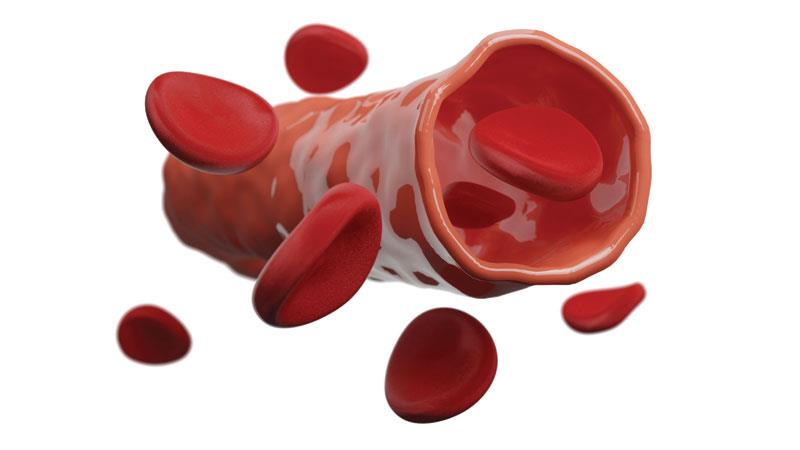Rivaroxaban a game-changer for acute LV thrombus post-MI





Patients who develop an acute thrombus in the left ventricle (LV) following myocardial infarction (MI) fare equally well when treated with rivaroxaban as they do with warfarin, as shown in the RIVAWAR study.
Both treatments led to clot resolution by 3 months. “We saw complete resolution of the thrombus in more than 95 percent of patients in both groups, with no significant increase in deaths, ischaemic stroke, or major bleeding,” said principal investigator Dr Jehangir Ali Shah from the National Institute of Cardiovascular Diseases in Karachi, Pakistan.
“Given the ease of using rivaroxaban, our findings support rivaroxaban as a viable alternative to warfarin. It is an easier medication to give,” he pointed out. “Unlike warfarin, you don’t need to routinely monitor blood samples, drugs or food intake. It is a real game changer.”
Thrombus development in the LV has become less common with the introduction of primary percutaneous coronary intervention and adjunctive antithrombotic medications, commented Dr Thomas Lüscher from the Royal Brompton and Harefield Hospitals, London, UK, following Shah’s presentation. However, given the subsequent risks, it remains an important consideration after STEMI*.
“It’s a decreasing population, fortunately, but an important one because these patients remain at increased risk of having an ischaemic stroke after they suffered a severe MI,” Lüscher pointed out.
In the trial, the incidence of LV thrombus was 3 percent in STEMI patients and around 9 percent in those with anterior STEMI. [Shah JA, et al, ACC.25]
Anticoagulation, typically with warfarin, is recommended to resolve the LV thrombus and reduce the subsequent risk of embolic events (ischaemic stroke and death) in these patients. Direct oral anticoagulants have several advantages over warfarin; however, data comparing outcomes with these drugs and warfarin for this indication have been scarce.
RIVAWAR population
The single-centre, open-label, investigator-initiated RIVAWAR study was designed to assess the efficacy of rivaroxaban as against warfarin. Researchers randomly assigned 261 patients (mean age 54.5 years; 20.7 percent female) diagnosed with LV thrombus within 7 days of STEMI/NSTEMI to rivaroxaban or warfarin for 12 weeks.
Echocardiographic follow-up was performed at 4 and 12 weeks. More than 90 percent of patients presented with STEMI. Eighty-five percent underwent PCI, and 90 percent were randomized within 2 days of an event. The primary end point was the resolution of LV thrombosis at 3 months.
At 1 month, thrombus was resolved in 20.1 percent of patients treated with rivaroxaban and 8.3 percent of those treated with warfarin (odds ratio [OR], 2.41). By 3 months, thrombus resolution was achieved in 95.8 percent and 96.6 percent of patients in the rivaroxaban and warfarin arms, respectively, falling within the bounds of the noninferiority margin of 7 percent (OR, 0.98).
There was no difference between the two medications in terms of safety. There were six ischaemic strokes among the rivaroxaban-treated patients and one in the warfarin group, but Shah said the difference was not statistically significant. Rates of all-cause mortality were not significantly different in the rivaroxaban and warfarin groups (3.5 percent vs 3.3 percent), nor were rates of major bleeding (2.3 percent vs 1.1 percent).
Pop and go
In a press conference, Dr Anna Bortnick from the Albert Einstein College of Medicine, Bronx, New York, US, said rivaroxaban is a “pop-and-go strategy” without any of the challenges associated with warfarin.
A larger study with longer follow-up is warranted to look at long-term event recurrence.